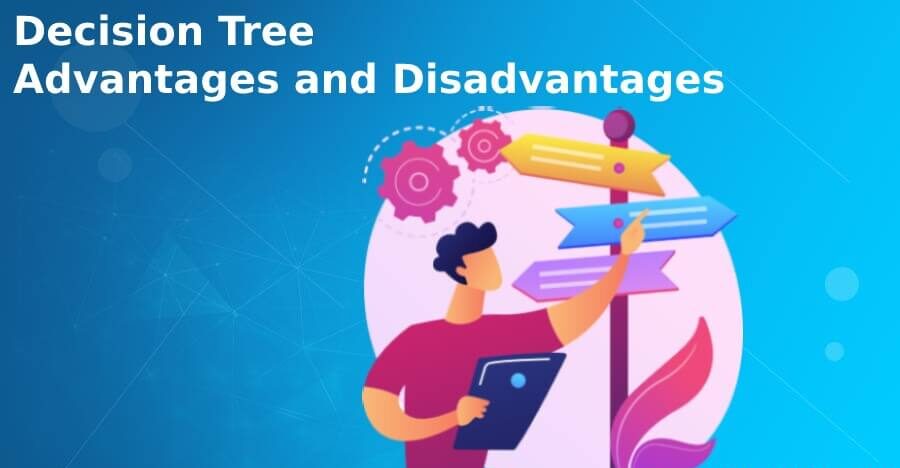Disadvantages of the Decision Tree

While decision trees offer several advantages, they also have certain limitations and disadvantages:
-
Overfitting:
- Decision trees are prone to overfitting, especially when they become complex and capture noise in the training data. Overfitting occurs when the model learns to memorize the training data rather than capturing underlying patterns, leading to poor generalization performance on unseen data.
-
High Variance:
- Decision trees have high variance, meaning small changes in the training data can result in significantly different tree structures. This sensitivity to data variations can make decision trees less stable and reliable, particularly with small or noisy datasets.
-
Bias Towards Features with Many Levels:
- Decision trees tend to bias towards features with many levels or categories. Features with a large number of unique values may get disproportionately favored in the tree-building process, potentially leading to less meaningful splits and degraded model performance.
-
Lack of Smoothness:
- Decision trees produce piecewise constant predictions, resulting in discontinuous decision boundaries. This lack of smoothness can lead to suboptimal performance, especially in tasks where smooth transitions between classes are desired.
-
Limited Expressiveness:
- Decision trees have limited expressiveness compared to other machine learning models such as neural networks. They may struggle to capture complex relationships and interactions between features, particularly in high-dimensional or intricate datasets.
-
Inherent Biases:
- Decision trees are biased towards selecting features with high information gain or impurity reduction, which may not always align with the true underlying relationships in the data. Biases in feature selection can lead to suboptimal splits and biased predictions.
-
Difficulty in Learning XOR and Parity Functions:
- Decision trees have difficulty learning XOR and parity functions, which require capturing nonlinear relationships between features. These functions often require deeper and more complex trees, increasing the risk of overfitting.
-
Sensitive to Imbalanced Data:
- Decision trees may produce biased results when trained on imbalanced datasets, where one class significantly outweighs the others. They may favor the majority class and struggle to accurately represent minority classes, leading to biased predictions and poor performance on minority samples.
-
Instability Near Decision Boundaries:
- Decision boundaries produced by decision trees can be unstable near decision boundaries, especially when dealing with noisy or overlapping classes. Small changes in the input data or slight variations in the training set can lead to significant changes in the decision boundary, affecting model performance.
-
Limited Regression Capability:
- While decision trees can perform regression tasks, they may not capture complex relationships between input and output variables as effectively as other regression models like linear regression or neural networks.
Understanding these disadvantages helps practitioners make informed decisions when selecting and using decision trees, considering factors such as dataset characteristics, performance requirements, and interpretability constraints.
Thank you,
